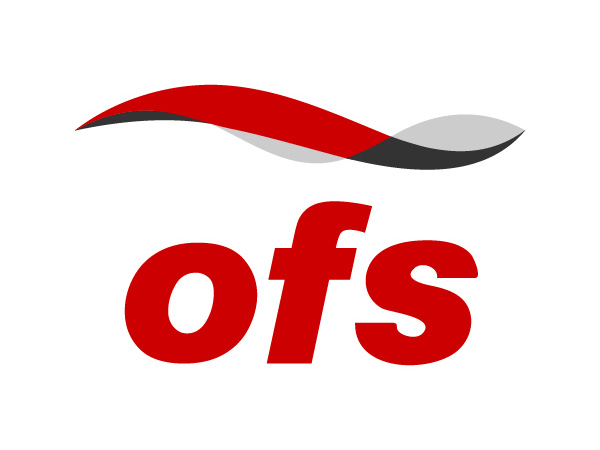The fiber optic cable world has come a long way over the past 30 years. Products have become more rugged and user friendly, making it easier for people to enter the industry and work handling optical fiber and cable. While this is great for the industry, many people may understand the “how to” but not necessarily the “why” of fiber optics. To understand the “why” behind fiber and cable products, the next step is to become a full-fledged “fiber geek.” Because the industry changes so quickly, it’s important to understand fiber specifications are continuously changing.
Bandwidth demand continues
 The demand for bandwidth continues unabated, driven by Web 1.0/2.0, mobile and now streaming video. The result is an expected Compound Annual Growth Rate (CAGR) of approximately 22% across the network through 2020.
The demand for bandwidth continues unabated, driven by Web 1.0/2.0, mobile and now streaming video. The result is an expected Compound Annual Growth Rate (CAGR) of approximately 22% across the network through 2020.
While that’s somewhat old news, new bandwidth demand is on the horizon, potentially driven by several relative sources including 4K TV, virtual reality and an expansion of the “Internet of Things.”
Ultra HD TV, also known as 4K TV, first appeared on the radar screen approximately four to five years ago. While 4K TV offers twice the resolution of standard HDTV, the first models were priced at more than $20,000. Since then, the cost of 4K TV units has dropped rapidly to the point that they are now ubiquitously available at most electronics stores.
While linear TV packages still don’t offer many 4K programming options, over-the-top video providers such as Netflix and Amazon Video are rapidly adding content.
The primary reason that 4K TV is significant to bandwidth demand is that each 4K channel requires up to 25 Mbps, more than 2X the typical HD video requirement. Considering the number of TV screens that are typically on in a household, the potential demand could be a significant increase versus current HDTV demand levels.
High resolution screens are also an integral part of the experience promised by virtual reality. Virtual reality, while in its commercialized early stages, holds the promise of significantly changing the way that we experience media of all types. However, there’s a catch – fully- networked 4K virtual reality will require hundreds of megabits per second (or more) of bandwidth(1).
 High resolution video will continue to use bandwidth as it becomes embedded in various networked applications such as telemedicine, remote medical monitoring and distance learning.
High resolution video will continue to use bandwidth as it becomes embedded in various networked applications such as telemedicine, remote medical monitoring and distance learning.
Why does optical fiber care?
This bandwidth demand can be satisfied in three ways: faster electronics, more wavelengths on the fiber and more optical fiber.
Standards are important
 Fiber optic standards help to ensure a minimal level of network compatibility and performance. The standards-making process is an arduous one. Fiber standards are global, and standards makers strive to achieve balance and fairness. However, standards often provide only minimum performance levels. In fact, fibers that meet the standards may struggle with some current as well as future applications.
Fiber optic standards help to ensure a minimal level of network compatibility and performance. The standards-making process is an arduous one. Fiber standards are global, and standards makers strive to achieve balance and fairness. However, standards often provide only minimum performance levels. In fact, fibers that meet the standards may struggle with some current as well as future applications.
For this reason, it’s best to insist on fiber optic performance beyond the standards for many applications.
The demand for bandwidth is expected to continue far into the future, driven in part by requirements for breakthrough applications such as higher resolution video, virtual reality and other applications. We expect this demand to continue to drive the need for optical spectrum provided by fiber. Fiber standards, such as G.652 and G.657, are very important for network designers in setting minimum performance levels but can ultimately be insufficient to meet the requirements for future networks. For this reason, performance beyond the standards can be very important.
Reference (1): Why The Internet Pipes Will Burst When Virtual Reality Takes Off

